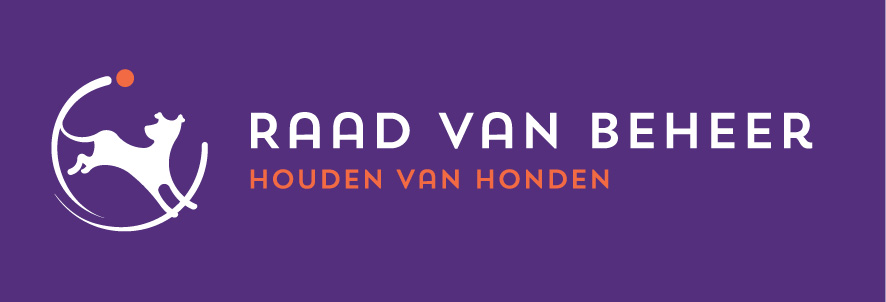Breed Standard Miniature Bull Terrier
GENERAL APPEARANCE: Strongly built, muscular, well-balanced, and active, with a lively, determined, and intelligent expression. A unique feature is the down-faced, egg-shaped head. Regardless of size, males should appear masculine and females feminine.
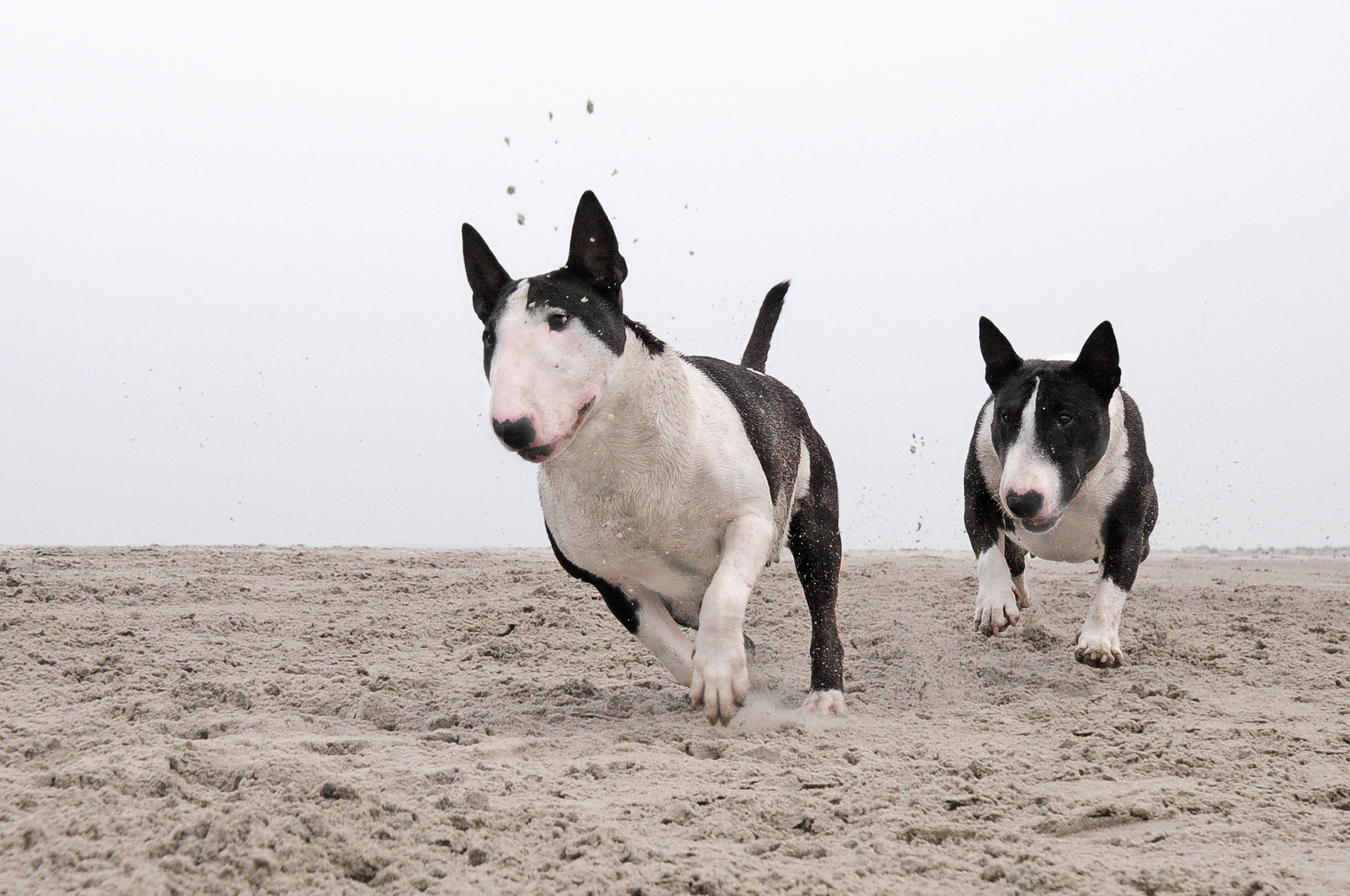

Long, powerful, and deep to the tip of the muzzle, but not coarse. Viewed from the front, it is ovoid and fully filled, its surface free from hollows and indentations. The profile slopes gently from the top of the skull to the tip of the nose.
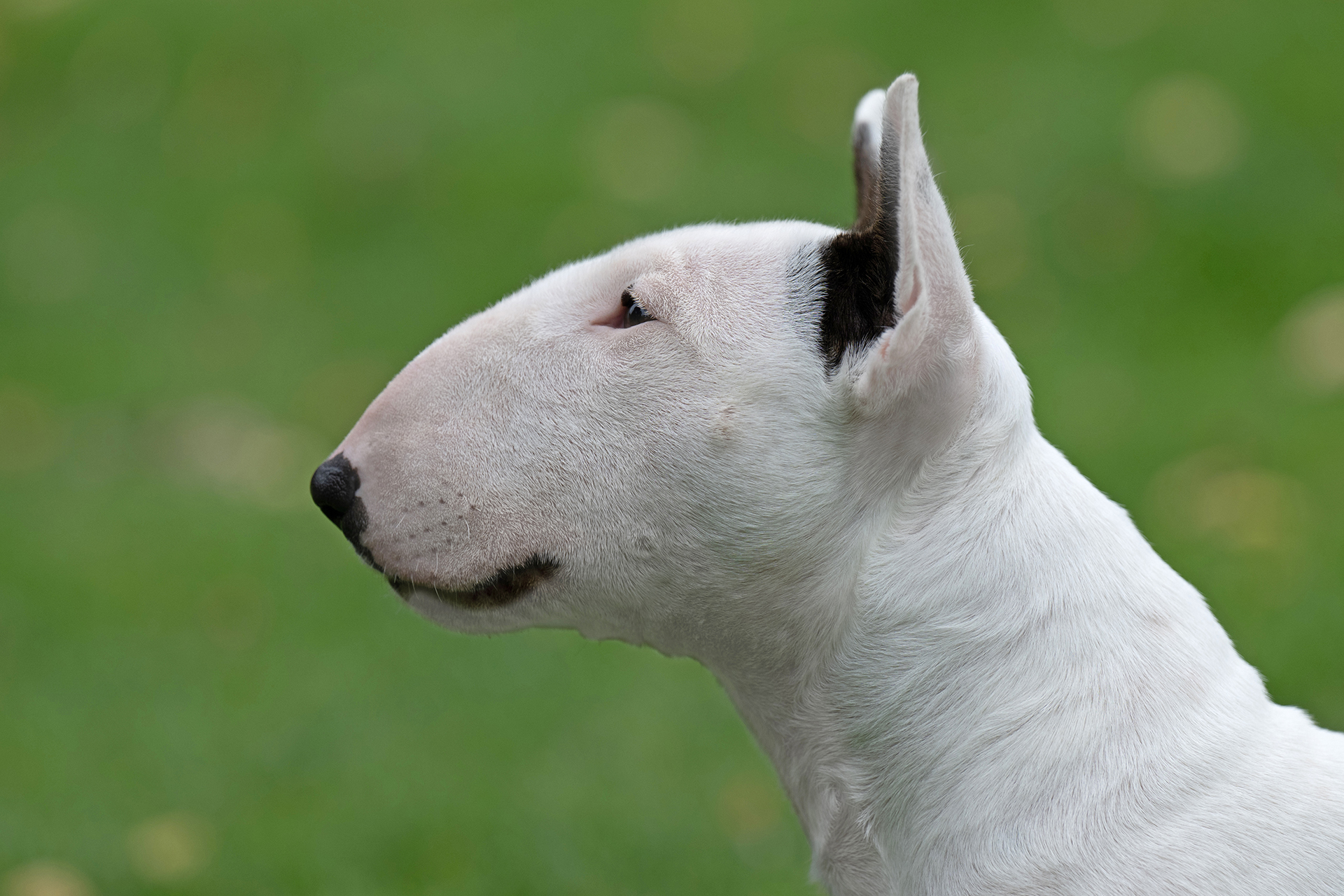
CRAFT REGION: Skull: Top of skull is nearly flat from ear to ear.

FACIAL REGION Nose Should be black. Turned down at the tip. Nostrils well developed. Lips Tight and well fitting. Jaws/Teeth: Lower jaw deep and strong. Teeth sound, clean, strong, of good size, regular and with a perfect, regular and complete scissor bite, i.e. the upper teeth closely overlapping the lower teeth and set square to the jaws.
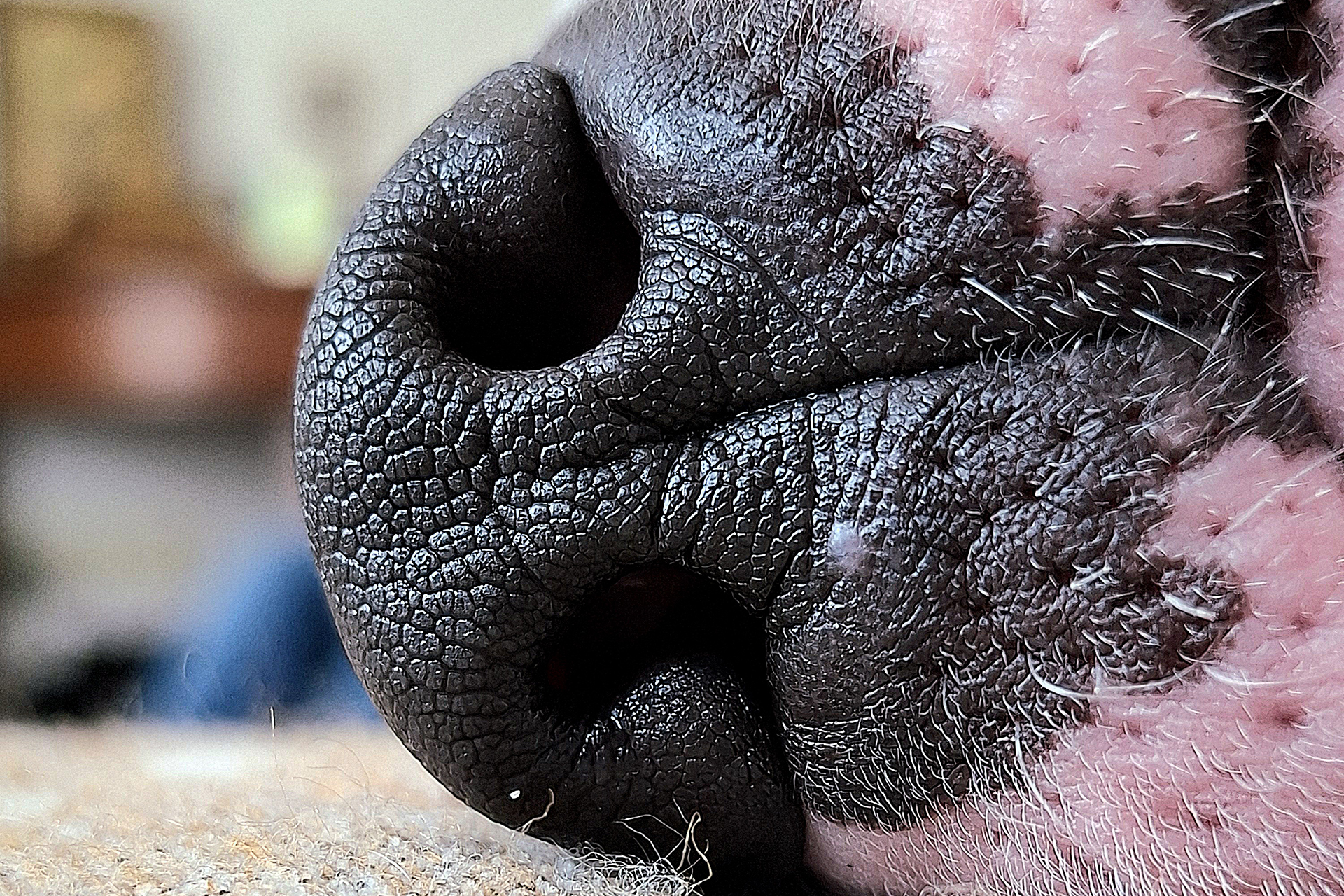
EYES: Appear narrow and triangular, set obliquely, black or as dark brown as possible so as to appear almost black, with a penetrating glint. The distance from the tip of the nose to the eyes is noticeably greater than that from the eyes to the top of the skull. Blue or partly blue eyes are undesirable.
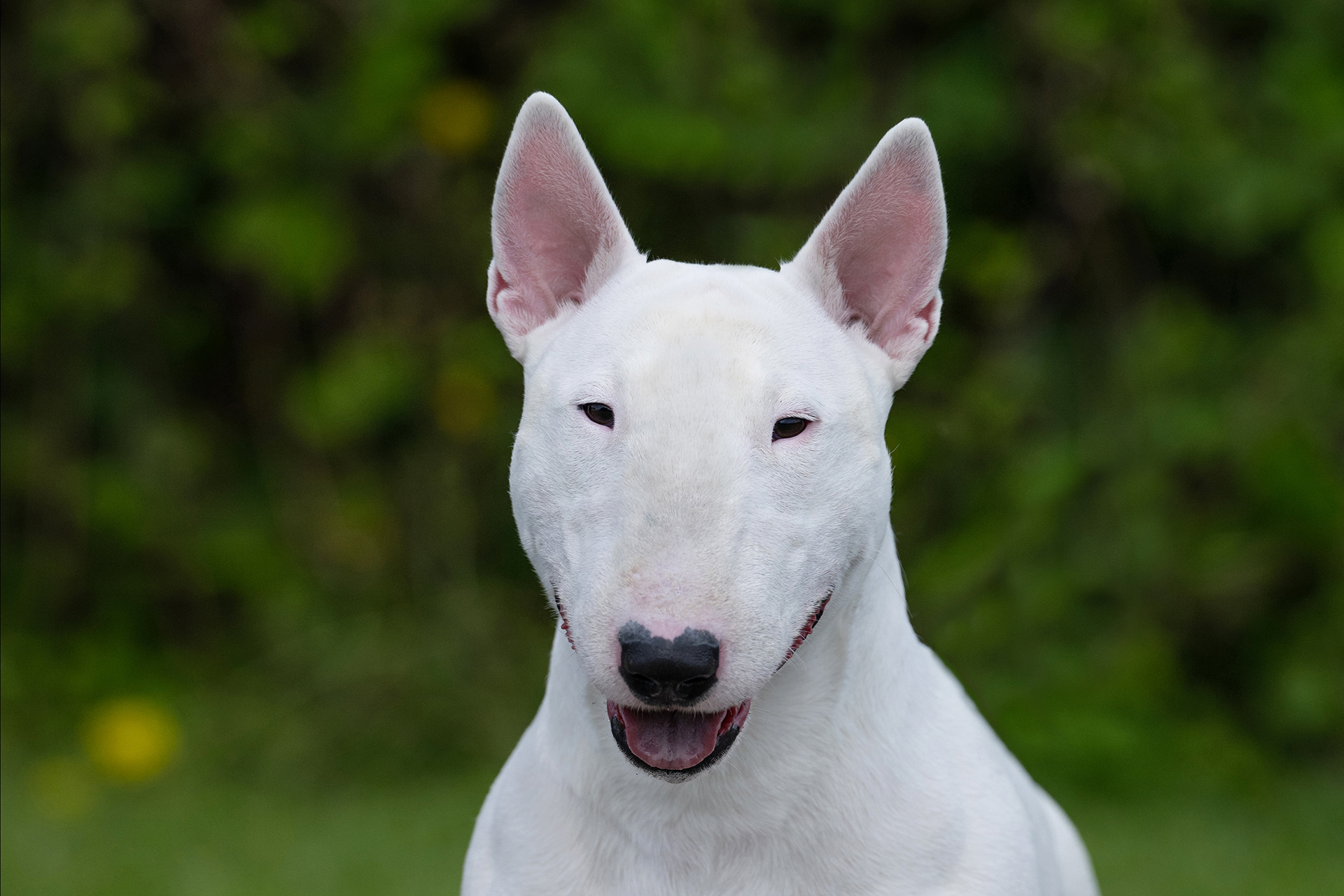
EARS: Small, thin, and set close together. The dog should be able to hold them stiffly erect, pointing straight up.
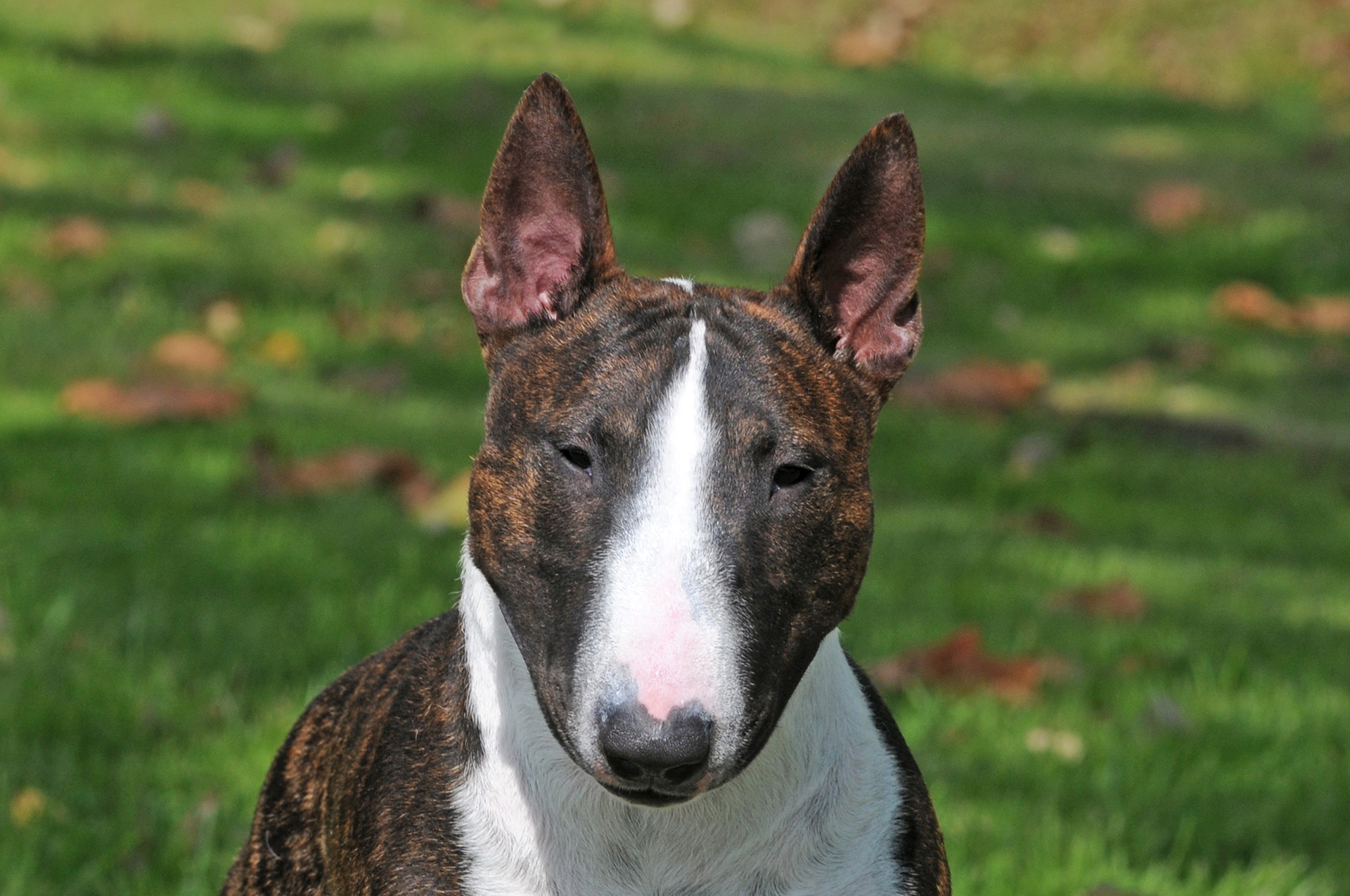
NECK: Very muscular, long, arched, tapering from shoulders to head and free from dewlap.
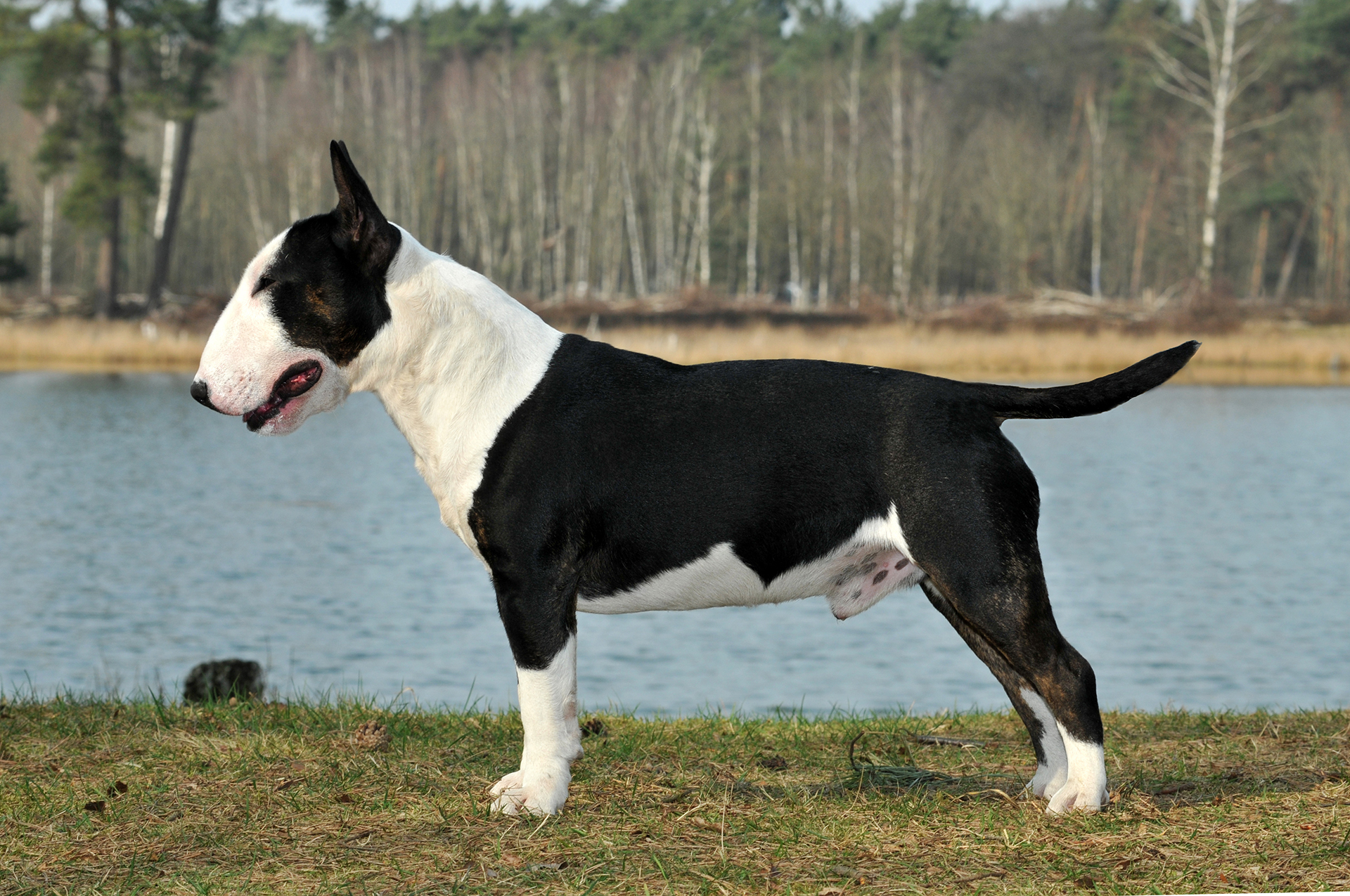
BODY: With good roundness and distinct spring of ribs and great depth from withers to sternum, so that the sternum lies closer to the ground than the belly. Back: Short, strong, with a level topline behind the withers, which is slightly arched over the loins. Loins: Broad, well muscled. Chest: Broad when viewed from the front. Underline and Belly: Forming a graceful upward arc from sternum to belly.
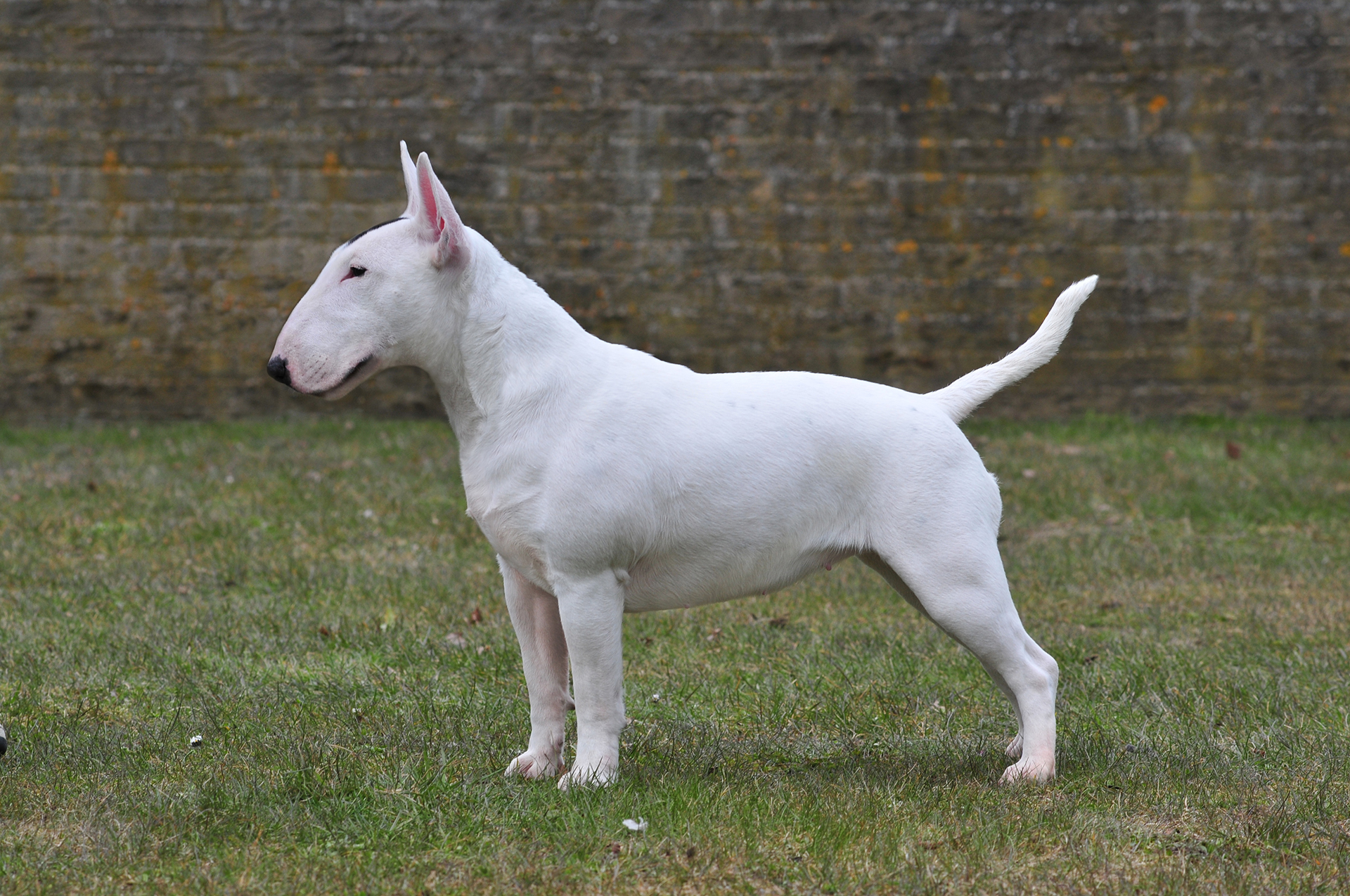
TAIL: Short, set low and carried horizontally. Thick at the base, tapering to a fine point.
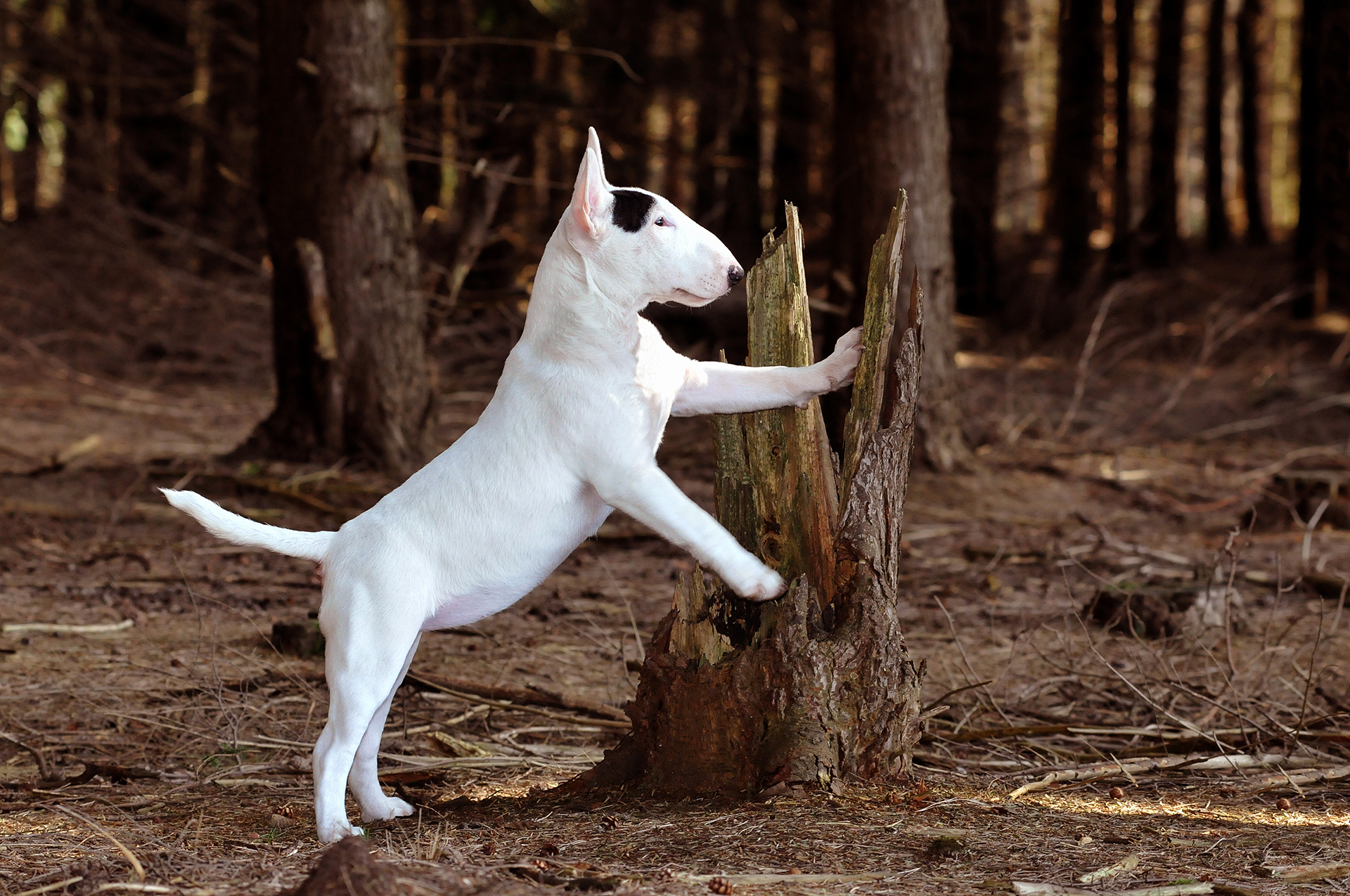
FORQUARTERS: General Appearance: The forelegs have the highest quality round bones. The dog should stand firmly on its legs and their legs should be perfectly parallel to each other. In adult dogs, the length of the forelegs should be approximately equal to the depth of the chest. Shoulder: Strong and muscular but not loaded. Shoulder blades broad, flat and close-fitting to the chest, sloping distinctly backward, almost always forming a right angle with the humerus. Elbow: Close-knit and strong. Pastiffs: Erect. Feet: Round and compact with well-arched toes.

HINDQUARTERS: General appearance: Hind legs are parallel when viewed from the rear. Thigh: Muscular. Knee joint: Well bent. Second thigh: Well developed. Hock joint: Well angulated. Pastiff: Short and strong from bone to toe. Hind feet: Round and compact with well arched toes.
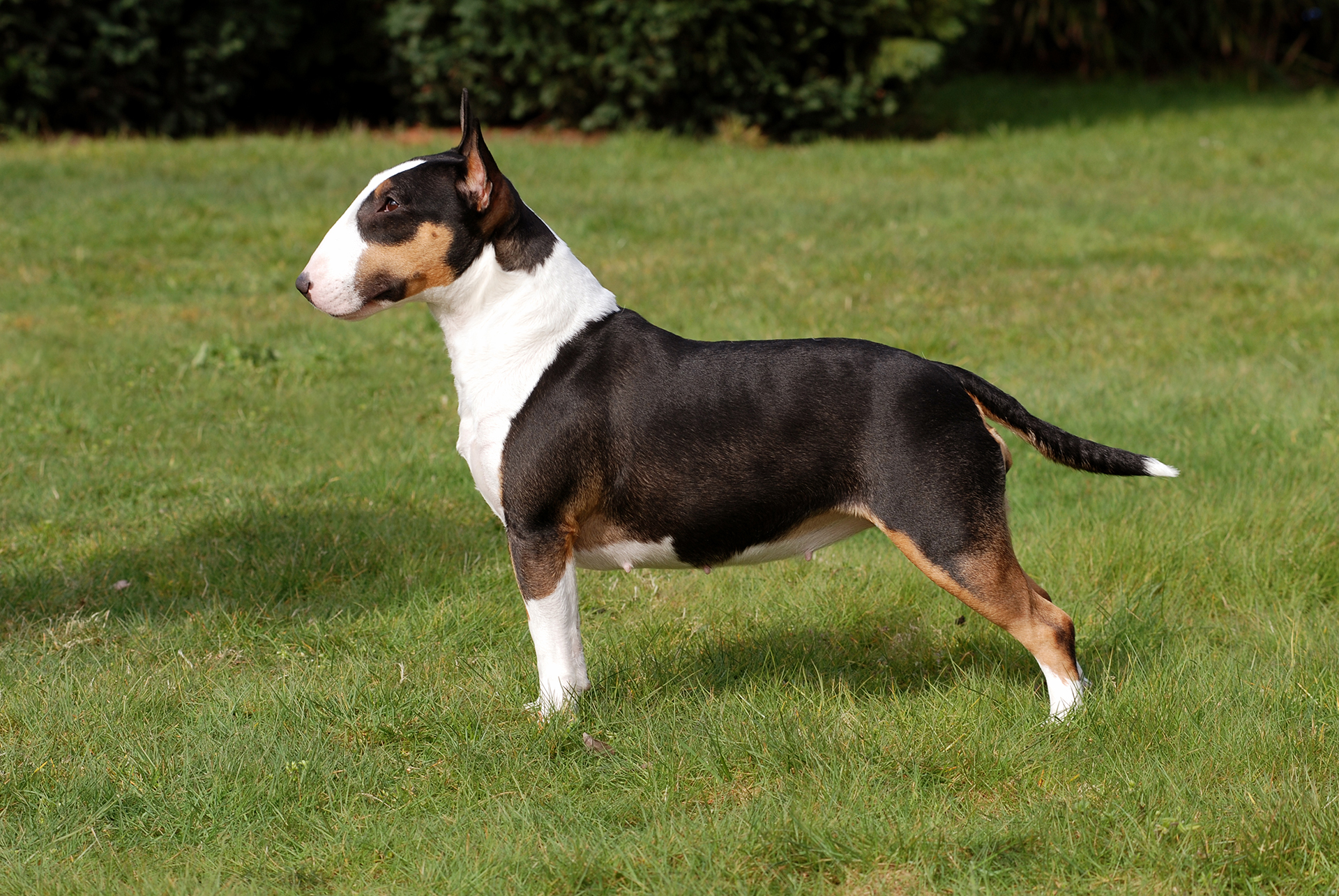
GAIT / MOVEMENT: When moving, the dog appears solidly built, moving smoothly over the ground with free, easy strides and a typical, lively attitude. At the trot, the movement is parallel, front and back, converging toward the centerline only at higher speeds. The forelegs reach out well, and the hindlegs move smoothly from the hip, with good bending at the stifle and hock, and with great drive.
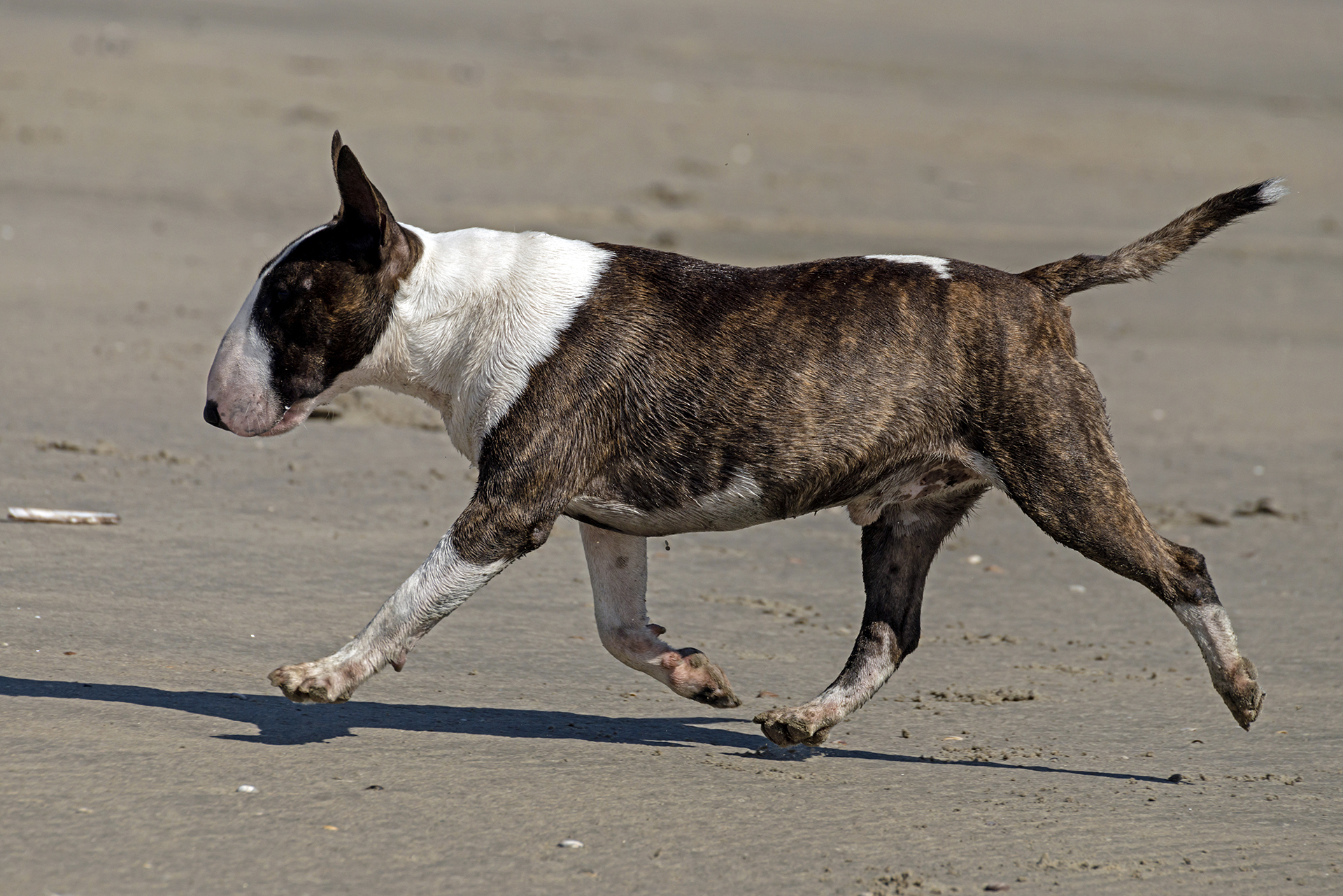
SKIN: Close-fitting to the dog's body. COAT:Hair: Short, close-lying, even and hard to the touch with a beautiful sheen. A soft-textured undercoat may be present in winter. Colour: White: Pure white coat. Pigmentation of the skin and markings on the head must not be penalised. Coloured: Colour predominates; of equal quality, brindle is preferred. Black, brindle, red, fawn and tricolour are permissible. Ticks in the white coat are undesirable. Blue and liver are strongly undesirable.

SIZE AND WEIGHT: The height at the withers should not exceed 35.5 cm. The dog should give the impression of maximum substance in relation to its size, in accordance with its build and sex. The dog should be in balance at all times. There is no weight limit.
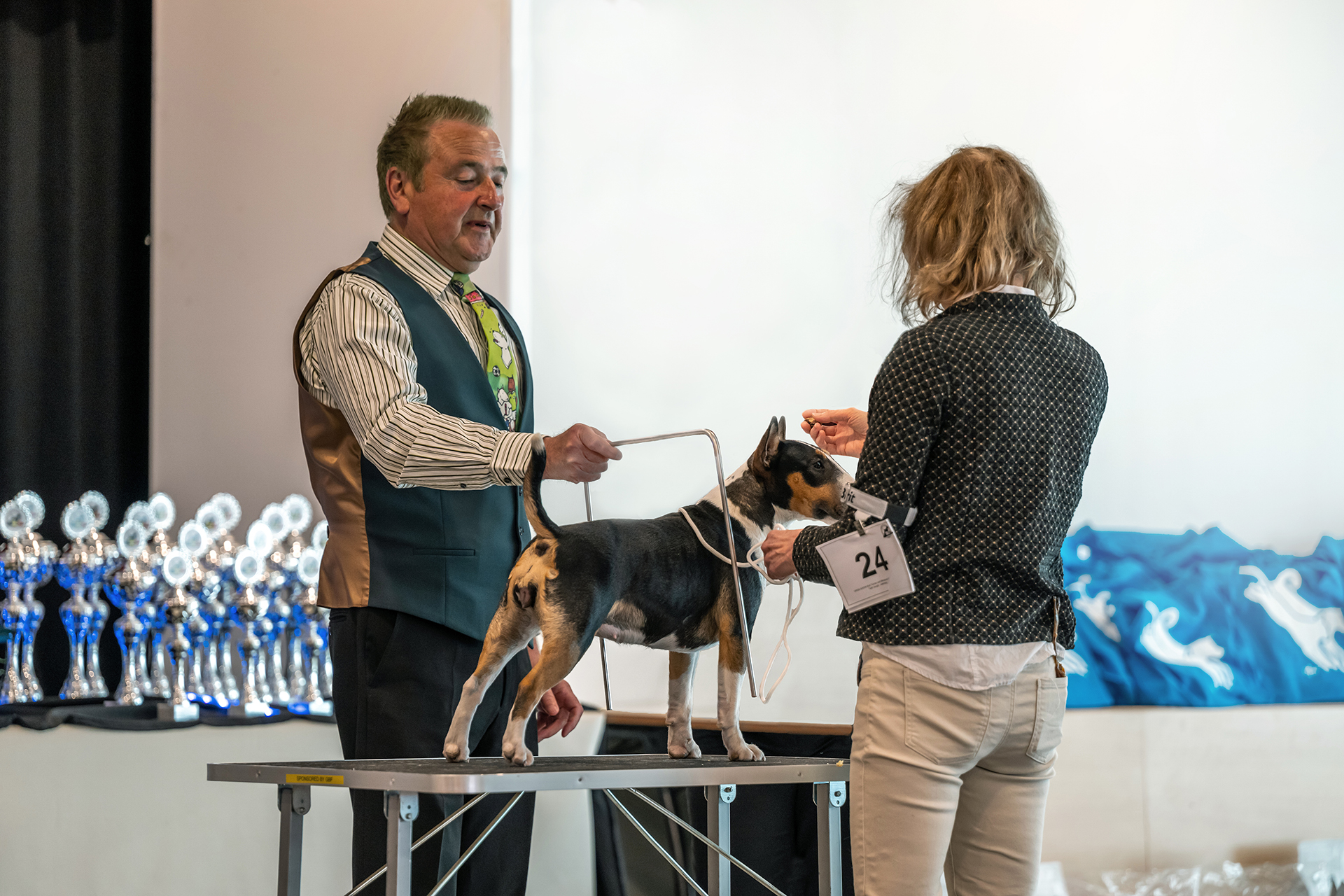
FAULTS: Any departure from the foregoing points should be considered a fault and the seriousness with which the fault should be regarded should be in exact proportion to its degree and its effect upon the health and welfare of the dog.
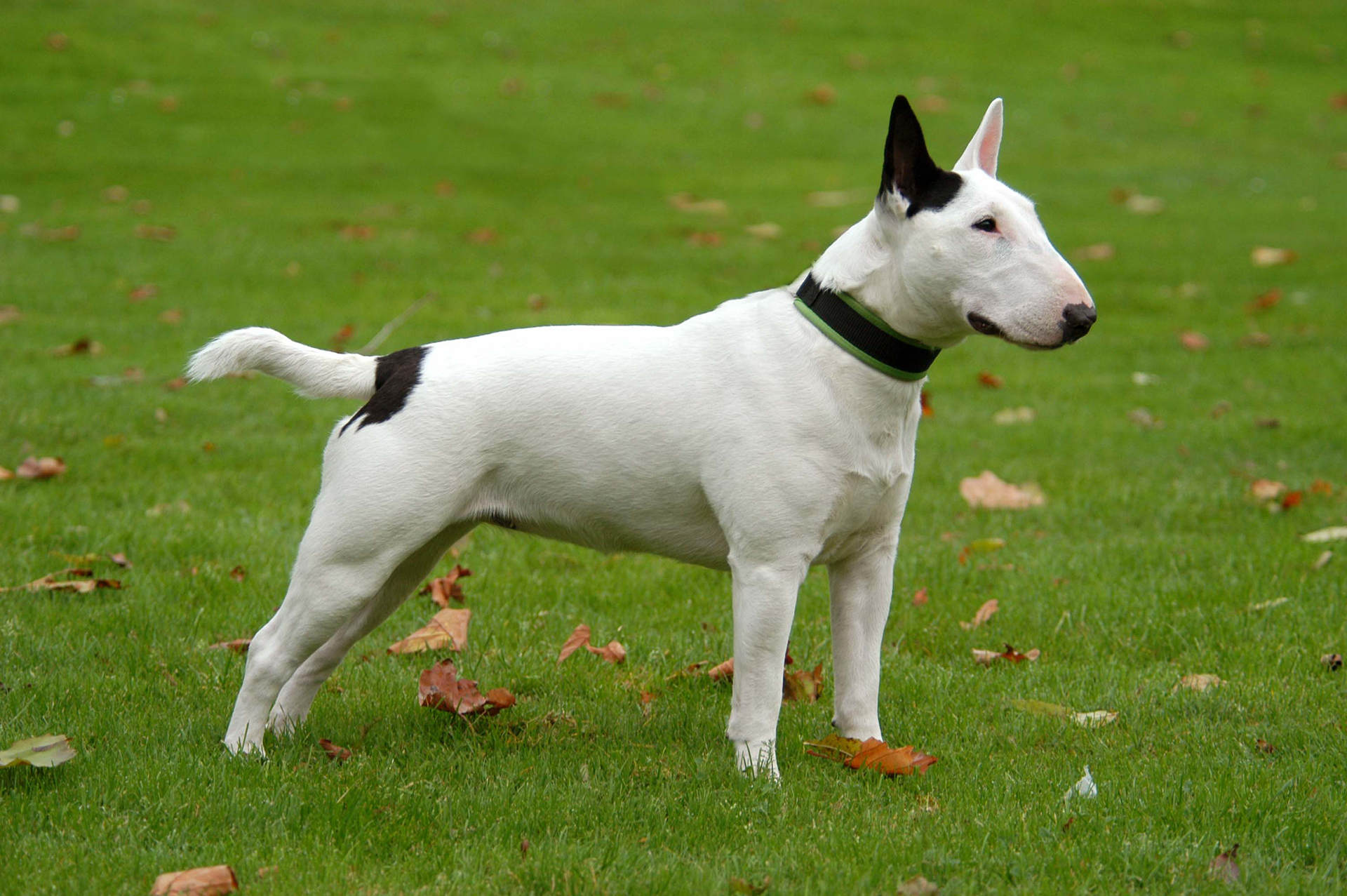
DISQUALIFYING FAULTS: Aggressive or excessively shy dogs. Any dog clearly showing physical or behavioural abnormalities.
N.B.: Male animals should have two apparently normal testicles fully descended into the scrotum. Only functionally and clinically healthy dogs of breed-typical conformation should be used for breeding.




